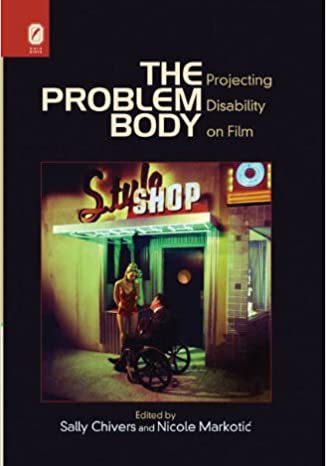
Book
The Problem Body: Projecting Disability on Film
The book is a much-needed exploration of the projection of disability on film combined with a much-needed rethinking of hierarchies of difference. The editors turned to the existing corpus of disability theory with its impressive insights about the social and cultural mediation of disabled bodies. They then sought, from scholars at every stage of their careers, new ideas about how disabled bodies coexist with a range of other bodies (gendered, queered, racialized, classed, etc.). To call into question why certain bodies invite the label “problem” more frequently than other bodies, the contributors draw on scholarship from feminist, race, queer, cultural studies, disability, and film studies arenas. In Chivers and Markotić’s introduction, they draw on disability theory and a range of cinematic examples to explain the term “problem body” in relation to its projection. In explorations of film noir, illness narratives, classical Hollywood film, and French film, the essays reveal the “problem body” as a multiplication of lived circumstances constructed both physically and socially.
Reviewers say...
"The Problem Body, dedicated to representations of disability in the … the cinema … provide[s] a healthy rethinking of what it means to work as a humanist. [It] also demonstrates how such work provides real opportunity for such representations, through both form and function, to alter our understanding of others and ourselves."
Sander L. Gilman
Disability Studies Quarterly
"The acknowledgement of the importance of embodiment to this area of theorisation is an important theme that runs throughout each chapter. The contributors are discussing a well-researched field but they provide the foundation for further scholarship, helping new researchers by offering frameworks to propel this discipline forward."
Katie Ellis
Sense of Cinema
"Perhaps the most important message to take away from the analyses is that representations of disability are rarely what they seem to be at first glance and the reader/viewer does well to seek out the polyvalent nature of these representations not only to understand better the text at hand and to consider the dimension of disability in different narratives that is so often neglected by reviewers and critics, but also to appreciate more closely the reality of living with a disability."
Ann-Marie Callus
Word & Text
